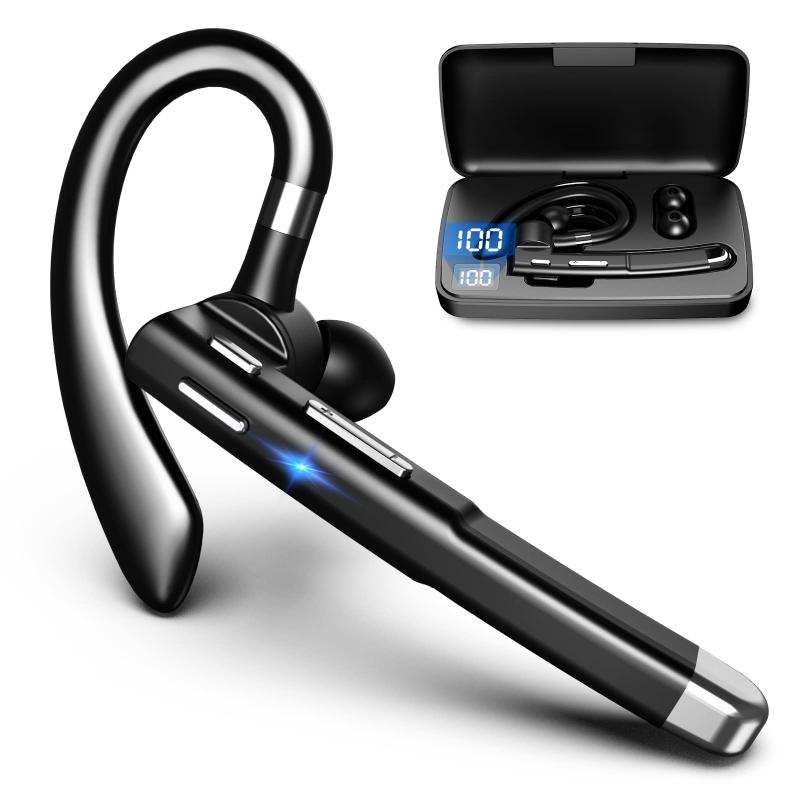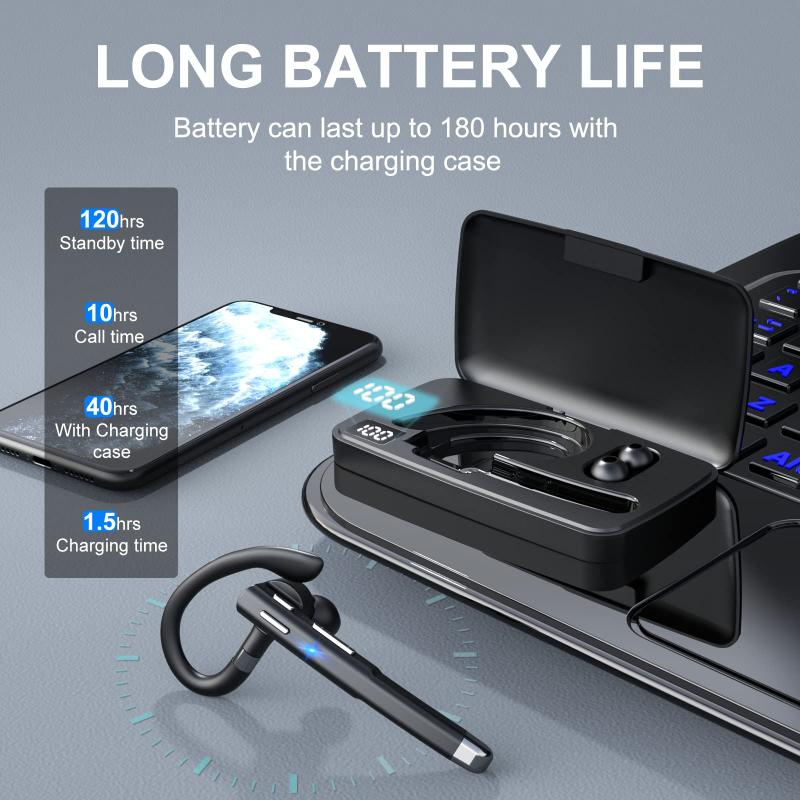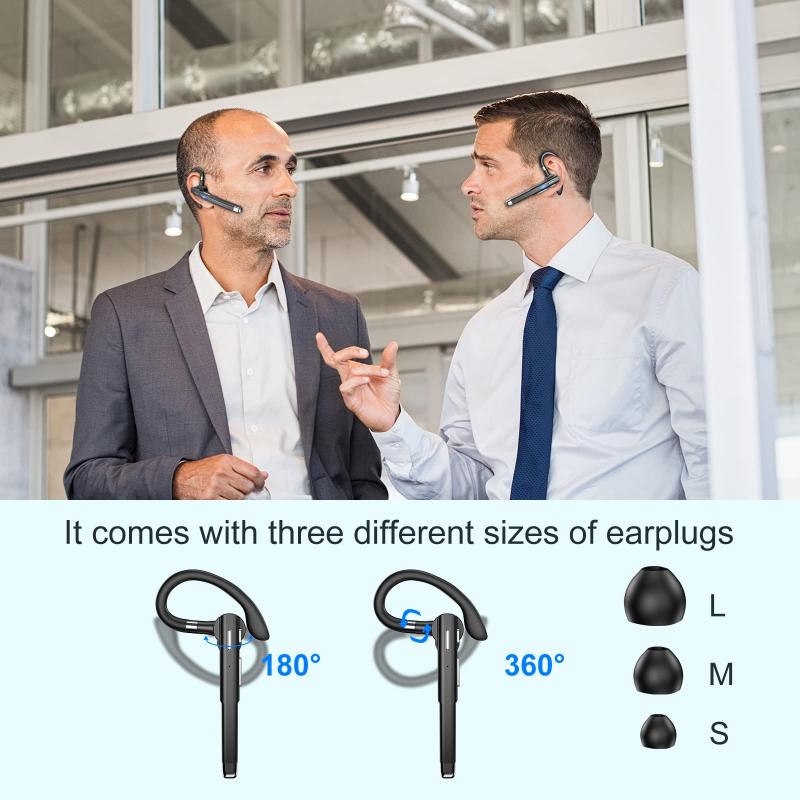How Does Noise Canceling Headphones Work?
Noise-canceling headphones have become an essential gadget for many people, whether they are frequent travelers, office workers, or simply individuals who enjoy a quiet environment. These headphones are designed to reduce unwanted ambient sounds using various techniques, allowing users to enjoy their music, podcasts, or simply silence without the interference of external noise. In this article, we will delve into the mechanics of how noise-canceling headphones work, the different types of noise cancellation, and the practical benefits they offer.
Understanding Noise Cancellation

Noise-canceling headphones primarily use two types of noise cancellation: passive and active. Both methods aim to reduce unwanted sounds, but they do so in different ways.
Passive Noise Cancellation

Passive noise cancellation involves the physical design of the headphones. This includes the materials used in the ear cups and the overall structure that helps to block out external sounds. Over-ear headphones, for example, often have thick padding that forms a seal around the ears, which helps to muffle ambient noise. In-ear headphones, on the other hand, use snug-fitting ear tips to block out sound. While passive noise cancellation can be quite effective, it is generally more useful for blocking out higher-frequency sounds, such as conversations or the hum of an air conditioner.
Active Noise Cancellation (ANC)

Active noise cancellation is a more advanced technology that uses electronic circuitry to reduce unwanted sounds. Here's how it works:
1. Microphones: Noise-canceling headphones are equipped with microphones that pick up ambient sounds from the environment. These microphones are usually placed on the outside of the ear cups, but some models also have internal microphones to capture any residual noise that makes it past the ear cups.
2. Sound Waves: Once the microphones capture the ambient noise, the headphones' internal circuitry generates a sound wave that is the exact opposite (or "anti-phase") of the captured noise. This process is known as destructive interference.
3. Destructive Interference: When the anti-phase sound wave is played through the headphones' speakers, it effectively cancels out the original noise. This is because the peaks of the anti-phase wave align with the troughs of the ambient noise wave, and vice versa, resulting in the two waves canceling each other out.
4. Real-Time Adjustment: Modern noise-canceling headphones continuously monitor and adjust the anti-phase sound waves in real-time to adapt to changing noise conditions. This ensures that the noise cancellation remains effective even in dynamic environments.
Types of Active Noise Cancellation

There are different types of active noise cancellation technologies, each with its own strengths and weaknesses:
1. Feedforward ANC: In this type, the microphones are placed on the outside of the ear cups. They capture external noise before it reaches the ears, and the headphones generate the anti-phase sound wave to cancel it out. Feedforward ANC is generally effective for higher-frequency noises but may struggle with low-frequency sounds.
2. Feedback ANC: Here, the microphones are placed inside the ear cups, close to the speakers. They capture the noise that has already made it past the ear cups and generate the anti-phase sound wave to cancel it out. Feedback ANC is better at handling low-frequency noises but may not be as effective for higher frequencies.
3. Hybrid ANC: This type combines both feedforward and feedback ANC technologies. It uses microphones both inside and outside the ear cups to capture a broader range of frequencies and provide more comprehensive noise cancellation. Hybrid ANC is generally considered the most effective type of active noise cancellation.
Practical Benefits of Noise-Canceling Headphones
Noise-canceling headphones offer several practical benefits that make them a worthwhile investment for many people:
1. Improved Focus and Productivity: By reducing ambient noise, these headphones can help users concentrate better, whether they are working in a noisy office or studying in a bustling café. This can lead to increased productivity and better performance.
2. Enhanced Listening Experience: Noise-canceling headphones allow users to enjoy their music, podcasts, or audiobooks without having to crank up the volume to drown out background noise. This not only improves the listening experience but also helps protect the ears from potential damage caused by listening at high volumes.
3. Reduced Stress and Fatigue: Constant exposure to noise can be stressful and tiring. Noise-canceling headphones can create a more peaceful environment, reducing stress and fatigue, especially during long flights or commutes.
4. Better Sleep: For those who have trouble sleeping due to noise, noise-canceling headphones can be a game-changer. They can help create a quieter environment, making it easier to fall asleep and stay asleep.
Choosing the Right Noise-Canceling Headphones
When selecting noise-canceling headphones, there are several factors to consider:
1. Type of Noise Cancellation: As discussed earlier, different types of ANC technologies have their own strengths and weaknesses. Consider the type of noise you are most frequently exposed to and choose a pair of headphones that offers the most effective noise cancellation for those conditions.
2. Comfort and Fit: Since you may be wearing these headphones for extended periods, comfort is crucial. Look for headphones with adjustable headbands, cushioned ear cups, and a lightweight design.
3. Battery Life: Active noise cancellation requires power, so battery life is an important consideration. Look for headphones with a long battery life, especially if you plan to use them during long flights or commutes.
4. Sound Quality: While noise cancellation is important, sound quality should not be overlooked. Look for headphones that offer a balanced sound profile with clear highs, mids, and lows.
5. Additional Features: Some noise-canceling headphones come with additional features such as touch controls, voice assistants, and customizable sound profiles. Consider which features are important to you and choose a pair of headphones that meets your needs.
Noise-canceling headphones are a remarkable piece of technology that can significantly enhance your listening experience and improve your quality of life. By understanding how they work and the different types of noise cancellation available, you can make an informed decision when choosing the right pair for your needs. Whether you are looking to improve your focus, enjoy your music without distractions, or simply create a quieter environment, noise-canceling headphones are a valuable tool that can help you achieve your goals.
